Auschwitz Birkenau: German Nazi Concentration and Extermination Camp (1940-1945)
By Rachel Heller
What is Auschwitz Birkenau?
Auschwitz Birkenau in Poland is the most infamous part of the genocidal system developed by the Nazis during World War II. It was intended to carry out the “Final Solution”: to eliminate the entire Jewish people and all other people considered undesirable by the Nazis. It was part of an unthinkably efficient machine for killing as many people as possible as quickly as possible.
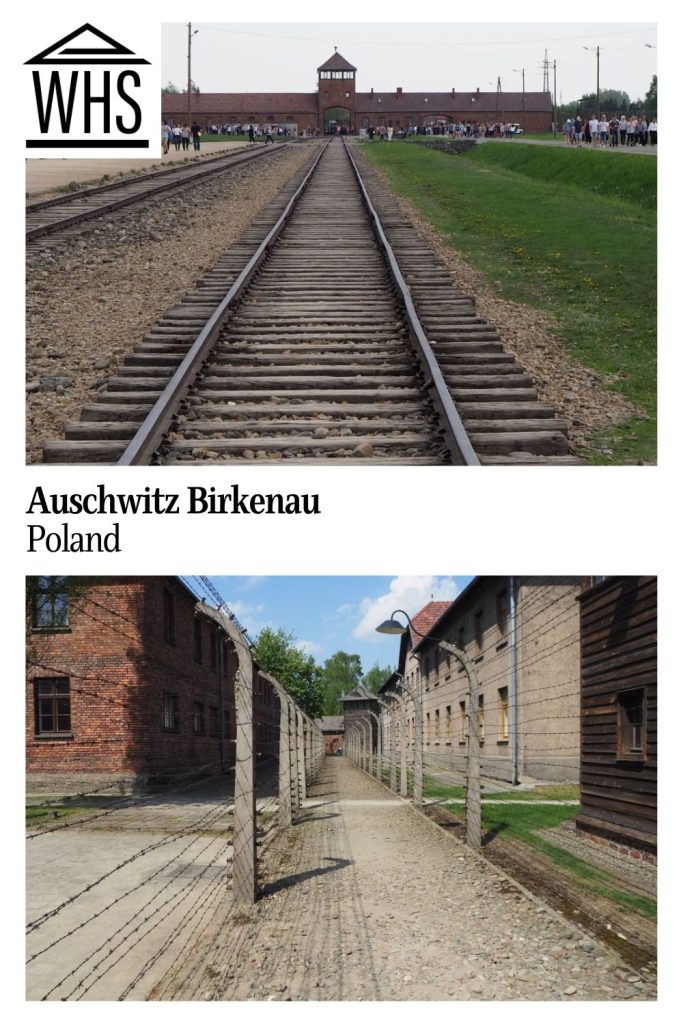
Disclosure: This article contains affiliate links. Making a purchase through an affiliate link will mean a small commission for this website. This will not affect your price. Privacy policy.
In all, about 1.5 million people died at this site alone. This is from a total of about 6 million Jews and another 4 million Roma, Sinti, homosexuals, and others who the Nazis deemed undesirable and killed in various ways at various concentration camps. UNESCO calls Auschwitz Birkenau “the symbol of humanity’s cruelty to its fellow human beings in the 20th century” and as such it represents the entire Nazi concentration camp system.
First built as a prison by the Germans early in the war, it gradually ramped up to a place of mass murder. Jews and others arrived by train – cattle cars – right into Auschwitz, where soldiers offloaded and divided them into two groups. Those deemed strong enough were housed in barracks to work for the Nazis until they died of disease, starvation and/or overwork. The ones coming off the train who did not appear to be able to work – children, many women, the elderly, the ill – were sent immediately to the gas chambers. Here the Nazis developed the system of using Zyklon B gas to kill quickly and efficiently, followed by the use of ovens to dispose of the remains.
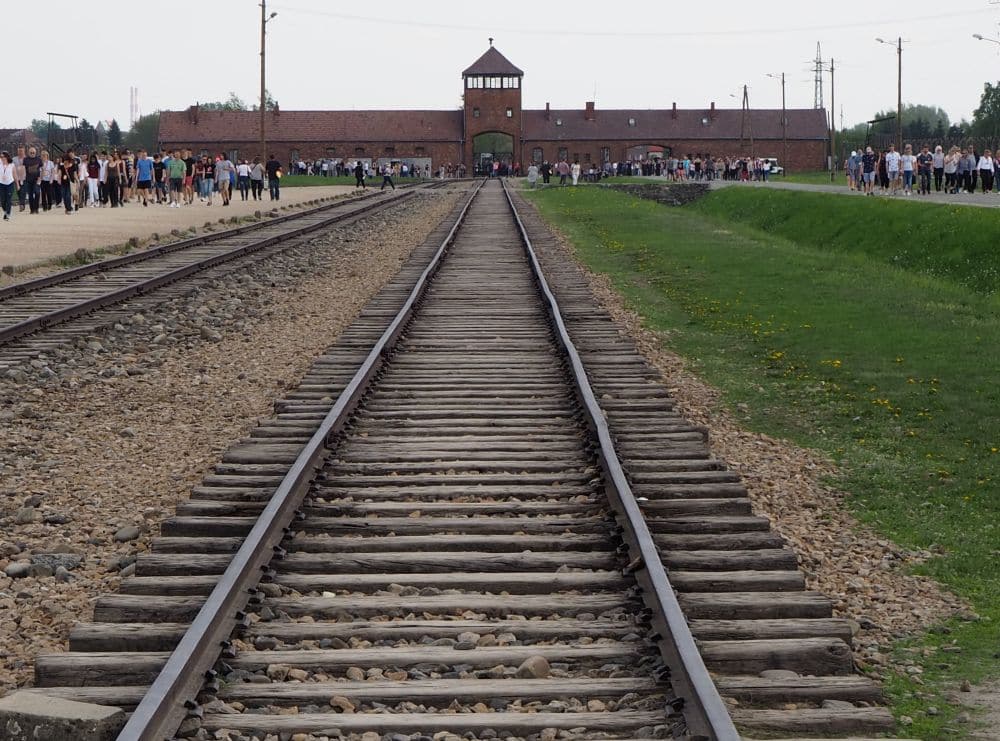
Why is Auschwitz Birkenau a UNESCO World Heritage site?
UNESCO calls Auschwitz Birkenau a monument to the Holocaust but also to “the strength of the human spirit which in appalling conditions of adversity resisted the efforts of the German Nazi regime to suppress freedom and free thought and to wipe out whole races.” It emphasizes the importance of Auschwitz Birkenau for humanity’s collective memory today and in the future. It calls it a place “of transmission to younger generations and a sign of warning of the many threats and tragic consequences of extreme ideologies and denial of human dignity.”
What can you expect on a visit to Auschwitz?
While it is absolutely worthwhile, in my view, even necessary, for everyone to visit this concentration camp, it is not an easy thing to do. Even if you know the history well, as I did before coming, it is still hard to be so confronted with this place where such evil was done.
There are two parts to the camp: Auschwitz I and Auschwitz II-Birkenau.
Auschwitz I
Auschwitz I was the camp that the Nazi army built first to use as a prison, but it quickly evolved into an extermination camp. Here, in the original barracks buildings, are exhibits about who was killed and how. The ordinariness of the items on display here, taken from the victims, hits hard because of how personal they are. There’s a pile of eyeglasses, for example, and cut hair. There are shoes and suitcases – how very optimistic they were to pack suitcases to go to the camps.
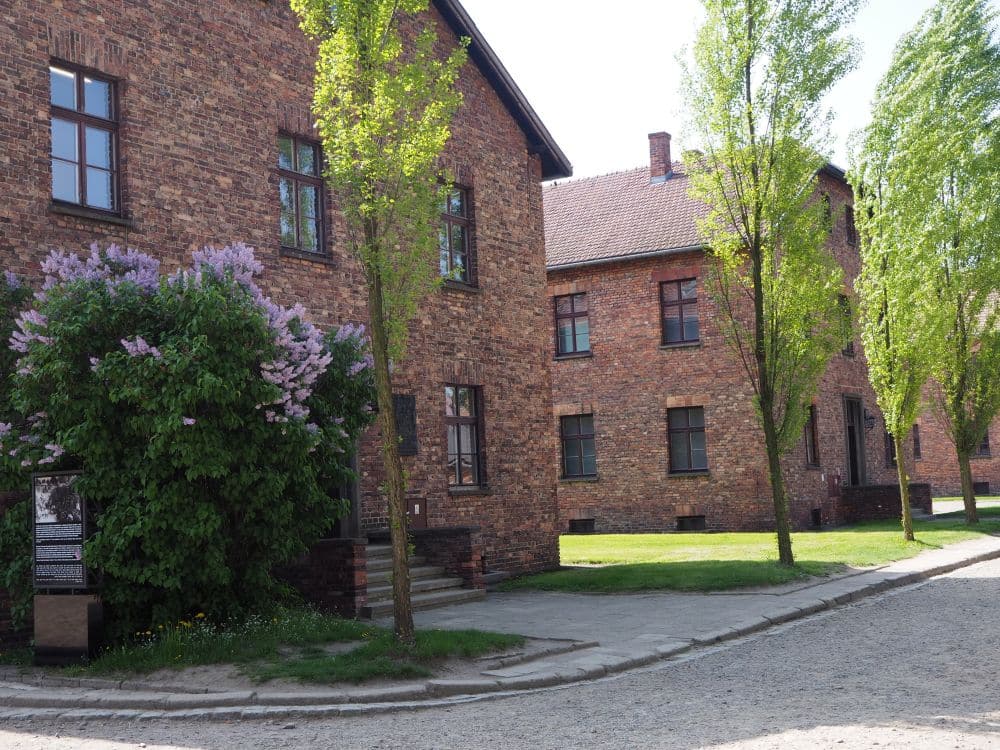
In Auschwitz I, visitors see the place where firing squads executed prisoners before the development of the gas chambers.
This is also where the Nazis experimented with large-scale gassing using Zyklon-B gas. One of the experimental gas chambers still stands, and visitors can enter this haunting space. The Nazis blew up the rest of the gas chambers and ovens in Auschwitz II-Birkenau as the war ended.
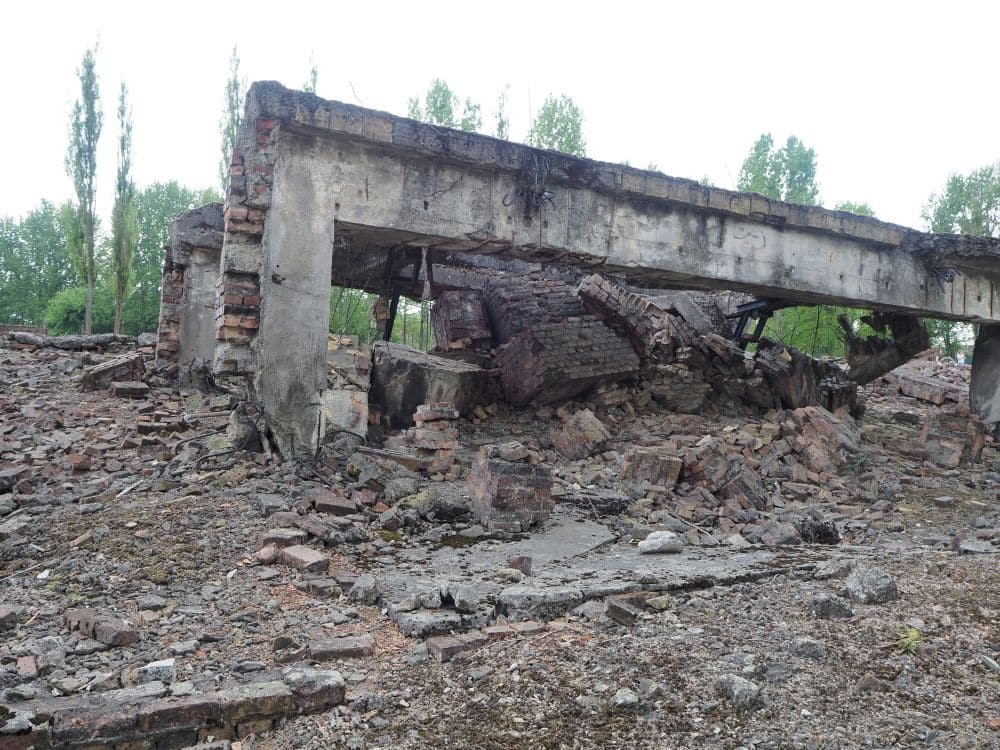
Auschwitz II-Birkenau
This larger camp was where most of the killing happened. Here, the Nazis army divided arrivals into those who would die immediately in the gas chambers and those who would work as slave laborers before dying. What remains here are mostly barracks: a few intact, many in ruins. Some of the railway tracks are still there. So is the barbed-wire fencing and the watchtowers that guard the 200-hectare (475 acres) site.
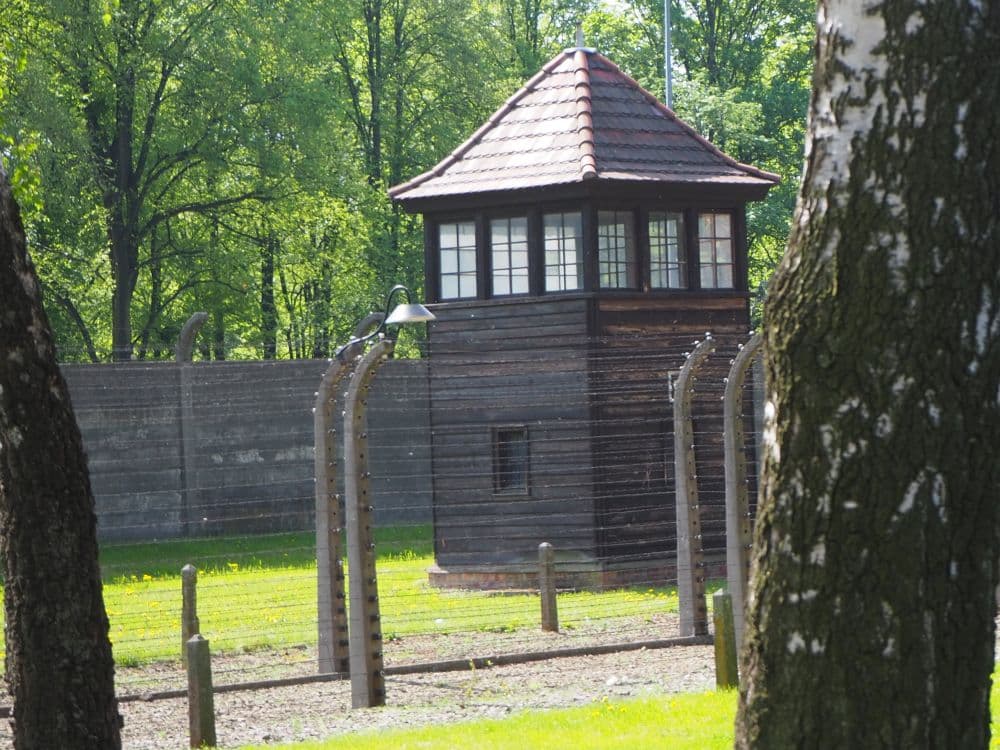
Is Auschwitz worth visiting?
Auschwitz is not only worth visiting, I think it is something that everyone should visit. The Holocaust is such a dark period in our history, yet it is very hard to understand the enormity of it. A visit here helps you truly understand what you thought you already understood.
Do not bring small children here. The organization running the museum recommends that it is only appropriate to bring children 14 years and up. I would add that you should only bring them if you have properly educated them about the Holocaust and the Nazis ahead of time. Younger children are unlikely to be able to behave appropriately or understand what the place is about without being traumatized.
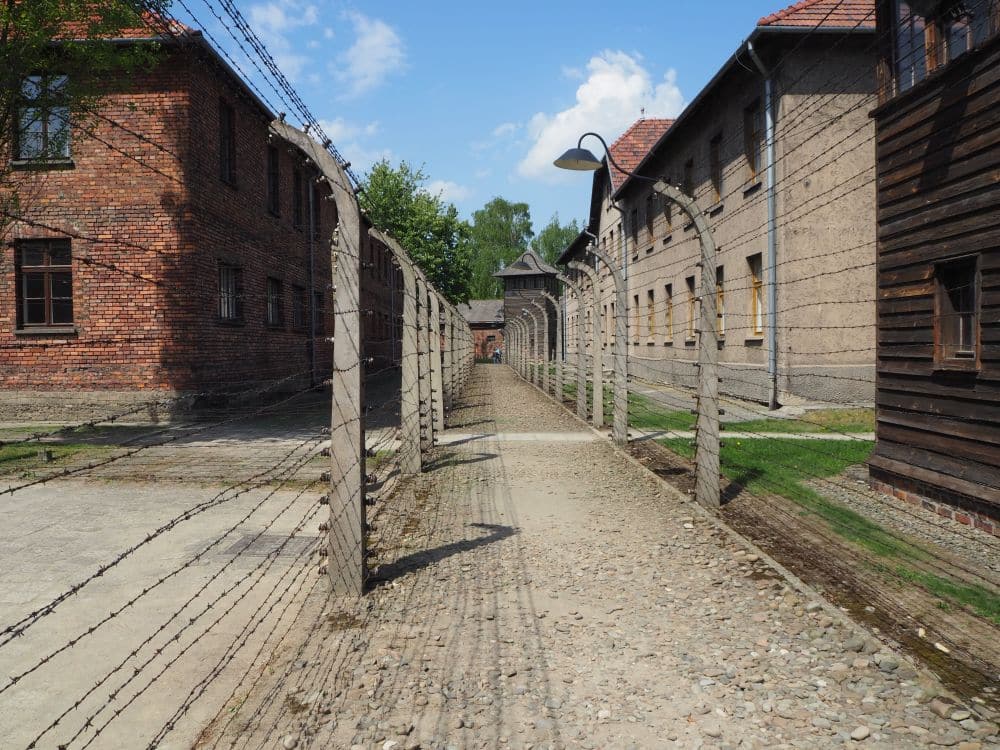
Tips for visiting Auschwitz
Auschwitz Birkenau is now a museum, and the organization that runs it has some very strict rules about decorum and how visitors dress. This is not meant as a place to have fun, and selfies are entirely inappropriate. The camp is a solemn memorial and should be treated as such. See their website for lots more information. Also read my personal response to visiting Auschwitz.
You can visit the museum on your own for free, but you have to reserve tickets ahead of time. It would be better, however, to pay the fee for one of the guided tours the museum provides. People often go, as I did, on a tour from Krakow. These tours usually include transportation and a guide, handing you over to an on-site tour guide at the camp.
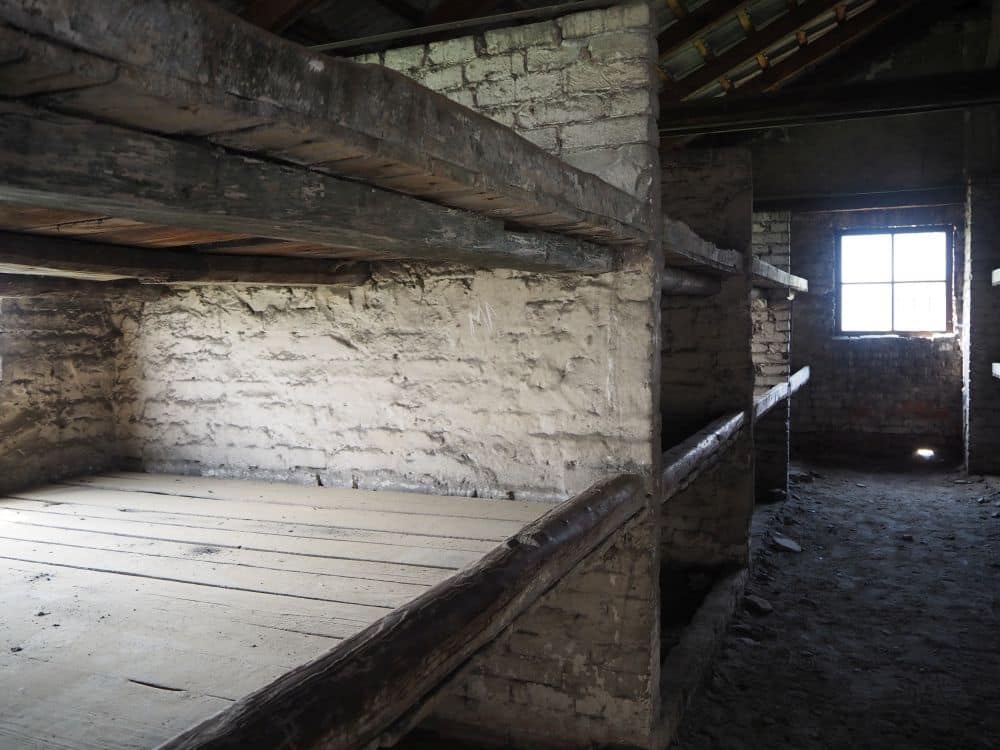
Alternatively, you can get there on your own and book an on-site tour as an individual ahead of your visit. These on-site tours are extremely valuable in helping you understand the places and items you see.
The Historic Center of Krakow, by the way, is also a UNESCO site. The tours that leave from Krakow sometimes combine a tour of Auschwitz with a visit to Wieliczka Salt Mine, another UNESCO site. However, I do not recommend combining the two in the same day. Touring Auschwitz takes enough energy for one day; the salt mine is interesting and fun so the combination seems to me jarring and even inappropriate.
It’s about three kilometers between Auschwitz I and Auschwitz II-Birkenau. You can walk it, but you can also take a museum shuttle between them. If you’ve arrived on a group tour from Krakow, the tour probably includes transportation between the two.
The distances between parts of the site can be large. Wear good walking shoes and put on sun lotion if it’s a sunny day. It is not appropriate to eat as you walk. Many people bring a snack to eat and water to drink after they’ve exited Auschwitz I, bu before going over to Auschwitz II-Birkenau.
Expect to spend three-four hours to see the two sites well.
Where is Auschwitz Birkenau?
Auschwitz I, where visits start, is on route 933, outside the town of Oświęcim, Poland. (“Auschwitz” is a Germanized version of the town’s name).
By car: If you’re driving in a rental car, it’ll take about an hour and a quarter to drive to the museum from the center of Krakow. From Katowice it’ll take 40 minutes. There are parking lots at both parts of the site, so go to Auschwitz I first, then drive to Auschwitz II-Birkenau.
By train: Take the train to Oświęcim. From the train station you can walk the kilometer and a half to Auschwitz I. If it’s between April and October, you can take the M line instead, which takes about 5 minutes.
By bus: From Krakow there are some direct bus lines to the entrance to the museum.
For more information about Auschwitz Birkenau, its opening hours and admission fees, see its official website.
Have you been to Auschwitz Birkenau? If so, do you have any additional information or advice about this UNESCO World Heritage site? Please add your comments below.

